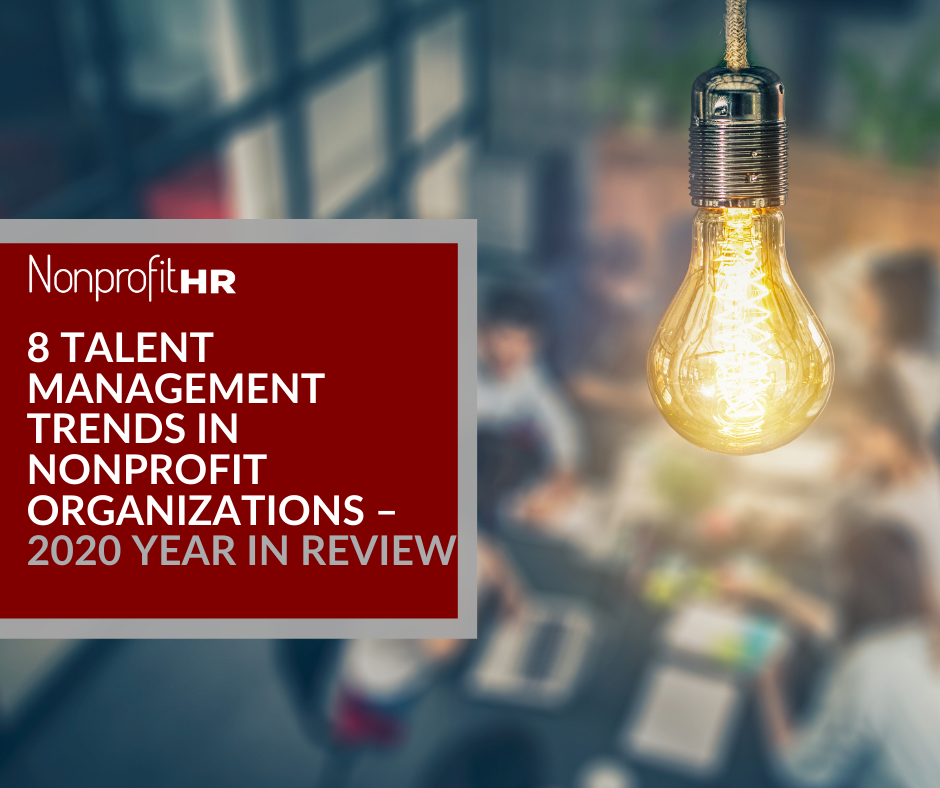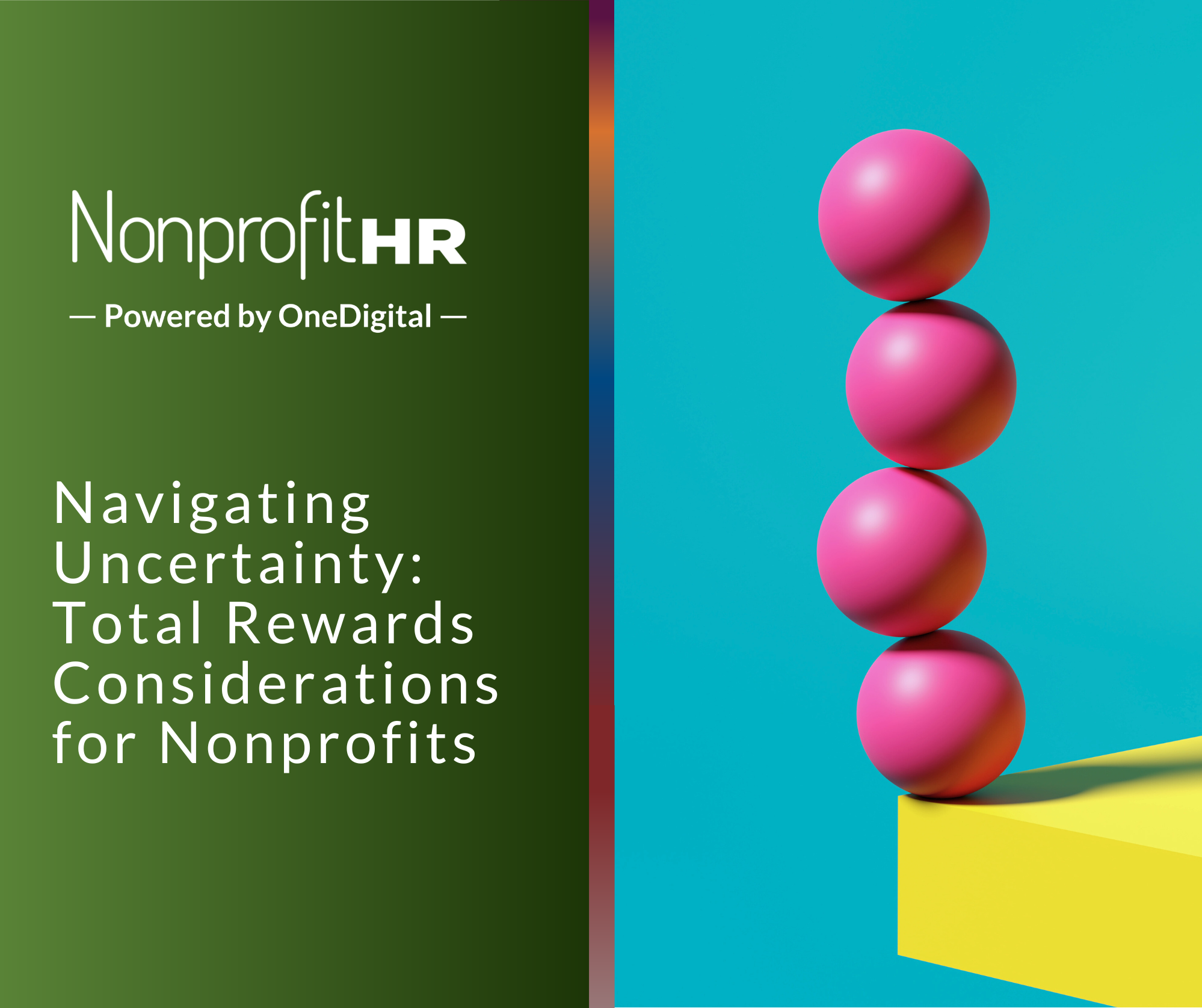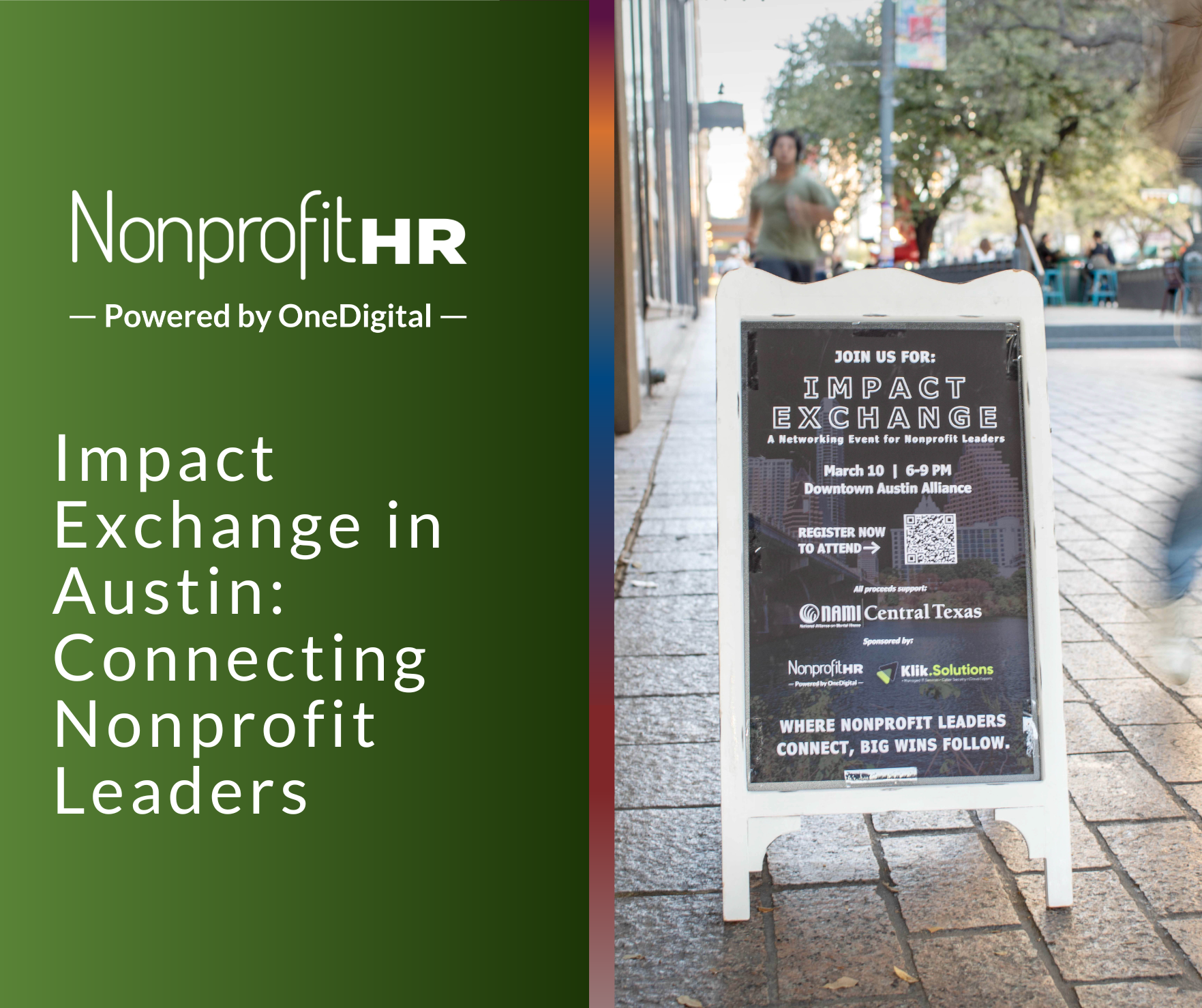WTOP: 5 ways nonprofits can…

Mostly, employers in the social sector shifted focus from work versus life to work and life, taking a closer look at their talent management practices and policies that impact their people’s physical and mental health, as well as their ability to care for their family, and making it all work together. Of the 74% of organizations that named culture and engagement as their top talent management priority this year, 33% reported that assessing organizational culture was their primary focus area. Employers have also made room for employees to talk more openly about their personal needs, allowing them to collaborate creatively on solutions and enabling them to perform at their highest capacity. Below are the top talent management trends we have seen from organizations that were prepared for disruption and those that have had to expedite their response to these never-before-seen needs.
- Evolved flexible work solutions: While some organizations were well ahead of the crisis, others needed to have conversations about the new nature of the workplace. Our Coronavirus Response Pulse Survey found that 69% of organizations could in fact accommodate remote work (working from home) for all staff. Thus, at the end of the day, nearly every organization created accommodations, whether that was allowing off-peak work schedules or implementing an extended leave policy.
- Supported women with school-aged children or younger: Organizations saw increased requests for accommodations from women in the workforce with school-aged children or younger. In response to these impacts of the coronavirus, 69% of organizations contemplated remote work as a longer-term option for staff. Yet, it is predicted that wage disparities will increase again with two-income households that have school-age children as more requests for accommodations are submitted to employers.
- Created equitable share of the workload: Work division among employees is never entirely equitable. There are some employees who are high performers and take on more work. 2020 showed how essential it is for managers to shift the workload of some of their employees in order to address the immediate and emerging needs of their full workforce. Practicing accommodating and taking care of those who need to be taken care of now is ensuring that employees avoid burnout and has contributed to the building of more cohesive teams.
- Managed to outcomes: It has been paramount to manage outcomes that are critical to mission-success. Organizations have had to laser-focus on what is most important. This shift was reinforced in the data we’ve gathered: 65% of respondent organizations had a business continuity plan in place in light of the coronavirus pandemic. Refocusing staff allowed them to figure out how to best manage their work and best prioritize their needs. This provided more flexibility, headspace and the ability to unplug when necessary.
- Communicated more thoughtfully and transparently with employees and stakeholder communities: Leadership that communicated effectively and frequently had a higher likelihood of learning what their staff really needed to sustain their business areas. During this time, leadership and middle managers became essential in drilling down and customizing broader themes of communication in order to ensure there was clear information/direction disseminating to the whole of the organization. In fact, 73% of organizations developed an employee communications plan in response to COVID-19.
- Shifted from what leaders wanted to what stakeholders demanded: 2020 was not the year to focus on what the leaders wanted, but rather what the environment dictated. Regardless of how leaders wanted to do something, the shifting environment changed the game and required leaders to become more responsive and flexible to the interests of stakeholders.
- Increased focus on DEI (particularly when it comes to pay equity): Benchmarking existing compensation and benefits practices, as well as expanding program offerings, were the top two total rewards priorities for organizations in our 2020 Talent Management Priorities Survey. Additionally, more and more organizations created brave spaces, or authentic and safe spaces through conversation, and reviewed policies and procedures through the lens of DEI; namely, recruitment practices, performance management, termination policies, the full employee lifecycle and compensation transparency. The quantitative numbers proved to be linked to qualitative measures, experiences, outcomes and performance.
- Build up of virtual culture: Zoom calls and emails essentially replaced office and in-person meetings, plus water cooler talk. The task of finding creative ways to virtually cultivate and maintain workplace culture was not an easy one, but it became fundamental in keeping all organizations, and their people, performing their best. Encouraging frequent virtual get-togethers and including them in decision-making communicated strong support for staff and helped maximize their engagement during times of uncertainty.






























